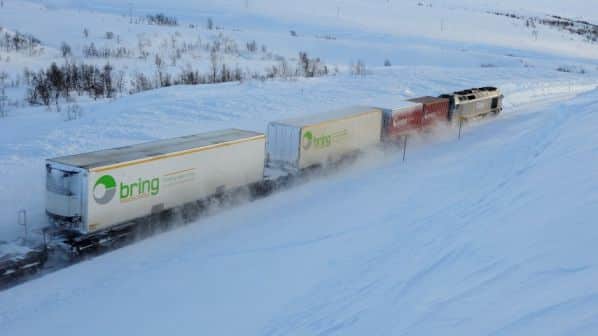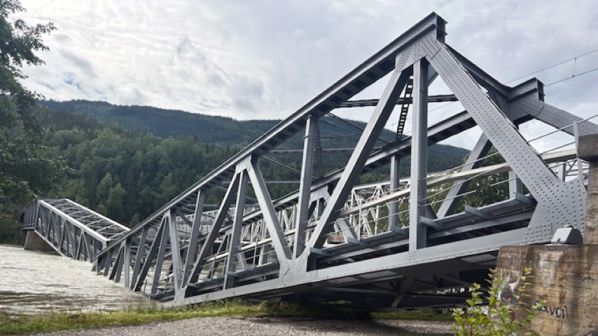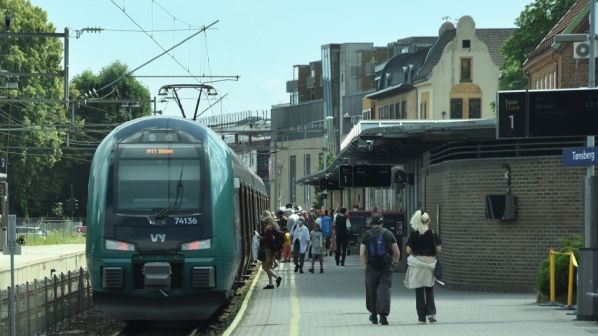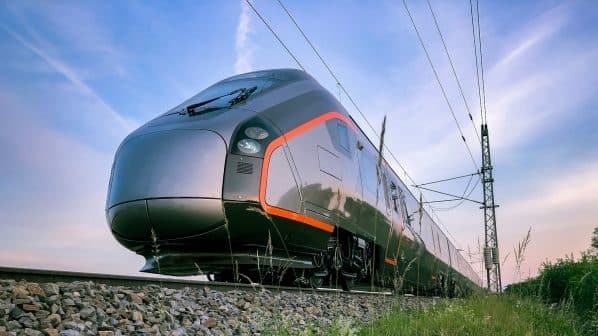THE Norwegian Railway Directorate has released two concept studies (KVU) - a review into reducing the railway’s greenhouse gas emission and a strategy for increasing capacity in eastern Norway - for public consultation.
Both studies were commissioned by the Ministry of Transport and Communications, and will feed into the new National Transport Plan.
Decarbonisation
The first study considered ways to decarbonise the Norwegian rail network. The directorate says that although 80% of Norway’s rail traffic is electrified, accounting for only 0.2% of the country’s total greenhouse gas emissions produced by the transport sector, this still amounts to approximately 50,000 tonnes of CO2 equivalents annually.
The KVU Green study considered four options, including using non-fossil fuel diesel such as biofuel, hydrogen operation, battery operation, and electrification, with these compared with the status quo.
The report found the Nordland Line should be the first to be converted to zero-emission operation using a combination of batteries and partial electrification, due to higher energy efficiency and lower operating costs than hydrogen. The conversion is expected to cost NKr 6.5bn ($US 601.5m).
Electrification is recommended for the Røros and Solør lines, following the partial electrification of the Nordland Line, coming out slightly ahead of the use of hydrogen. The directorate says this would also create synergies with other nearby lines that are also electrified such as the Kongsvinger and Dovre lines. The project would cost around NKr 8.6bn for both lines.
The socio-economic analysis found that none of the concepts would be viable for the Rauma Line, with hydrogen coming closest due to the low traffic on the line. As the line is only responsible for 3% of emissions from rail traffic, the directorate recommended continuing to use diesel operation while further solutions with significantly lower costs are investigated.
The directorate says the use of non-fossil fuel was excluded from the final analysis due to a scarcity of fuel. The final conclusions and recommendations were based on an overall assessment of socio-economic impact, target achievement, technological development and access to information, as well as an assessment of risk and uncertainty.
The study says it will be up to individual freight operators and machine owners to assess what technology is preferred to decarbonise shunting locomotives and rail-mounted work machines, with technological developments indicating that machines with lower and eventually zero emissions will soon become available.
The study found that none of the concepts are profitable but acknowledged that the railway must contribute to achieving Norway’s climate commitments.
Capacity increase
The second study examined ways to increase capacity in the east of Norway without requiring costly infrastructure expansion. The directorate says demand is increasing faster than planned infrastructure and rolling stock investments can cope with in the short and medium term. Major infrastructure investments would also be costly and take too long to implement. Some of the existing rolling stock will also need to be renewed in 2030.
The study considered a number of options including changing the interior layout of existing trains, removing toilets and catering facilities to add more seats; operating more trains in multiple; introducing longer trains; or purchasing double-deck fleets.
The study found that purchasing double-deck trains would provide 40% more seats compared with single-deck trains. The introduction of double-deck trains would also only require minimal amount of adaptation, allowing the trains to operate to Halden, Skien, Gjøvik and Lillehammer.
The total cost of purchasing the trains is expected to be NKr 8.5bn, with the infrastructure improvements expected to cost NKr 600m. The report says that remodelling the existing fleet was the only option that provided a positive net present value but was also the option that offers the least benefit for passengers.
The total cost of the other four options were too high to outweigh the benefits, the study says, but the purchase of double-deck trains is recommended due to the high level of goal achievement.
Both studies have been put out for consultation until November 12.
A report on decarbonisation in the heavy haul sector will be published in the October issue of IRJ.




